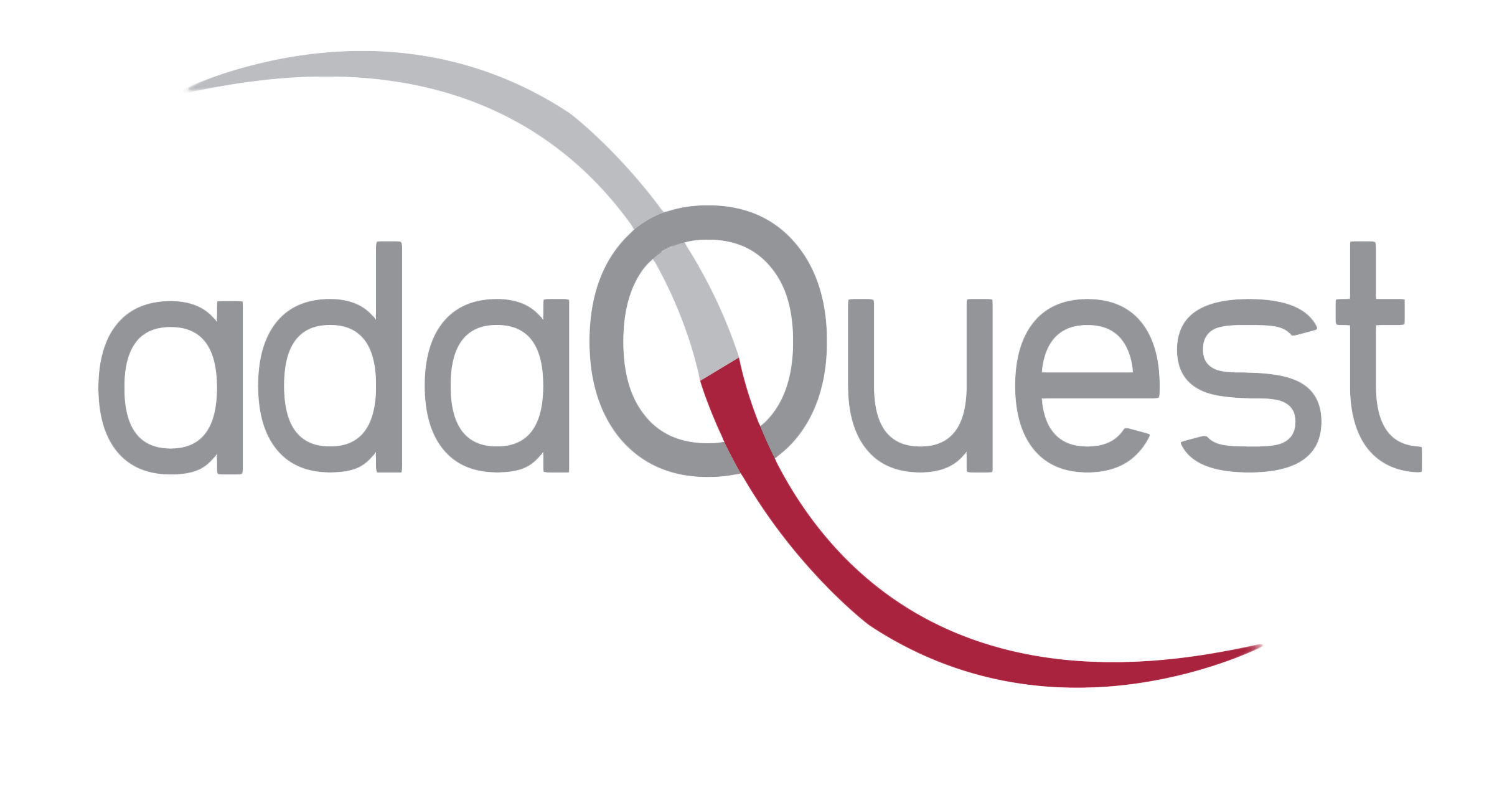
11 Sep Enforce Authentication to Pass on AntiSpam Allowed Domains
We are strengthening Spoofing protection within Exchange online protection and Microsoft Defender for Office 365 AntiSpam security policy. It will provide a way to secure your organization against spoofing attacks that may otherwise occur by allowing certain domains and senders.
Applies to:
- Exchange Online Protection
- Microsoft Defender for Office 365 plan 1 and plan 2
- Microsoft 365 Defender
This message is associated with Microsoft 365 Roadmap ID 93436
When this will happen:
Standard: Rollout will begin in late September and will be completed by late November.
GCC/GCC-H/DoD: Rollout will begin in late November and be completed by late December.
How this will affect your organization:
Security Admins and SecOps teams today can specify allowed domains and allowed senders within the Anti-Spam policy. We recommend never adding your own accepted domains or commonly trusted domains to the allowed domains list. Moving forward, when you specify internal tenant owned/accepted domains and senders to this list, DMARC authentication check will be enforced on these domains or senders and they will be allowed by the system only if authentication passes on these domains/senders. Otherwise, despite being specified, allowing messaging from these domains will not be honored.
In this way, our system will work to protect your organization against Spoofing attacks. In case you want to allow legitimate ‘Spoofing’ from these domains and senders, you will be able to continue adding them to Tenant allow block list – Spoofing (as you can do so today).
Note: This will impact any messages that are received from outside your organization, where the sender’s domain is part of your organization accepted domain list and fails authentication.
What you need to do to prepare:
To prepare for this change it is recommended that you review the spoof intelligence report and ensure that any intra-org messages where the sender/sending domain is part of your accepted domain pass authentication as expected. Note you do not need to update items where authentication fails and that failure is expected. Review your existing Anti-Spam policies within threat policies and consider updating the list of Allowed domains / Allowed senders to allow whom you trust. We recommend updating your necessary training documents accordingly.
Learn More:
_



Sorry, the comment form is closed at this time.